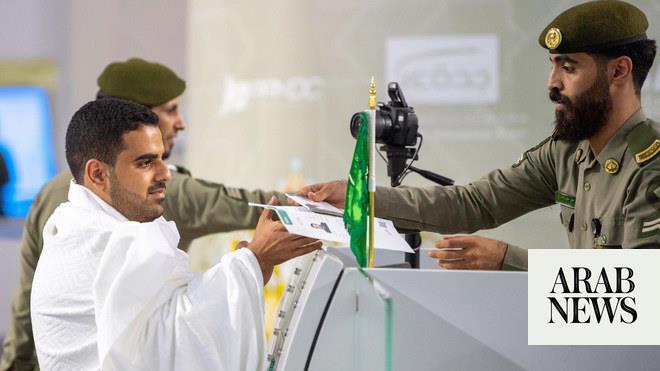
Nasa is celebrating the first powered, controlled flight on another planet after its Ingenuity helicopter rose into the Martian sky, hovered for a moment, then gently returned to the dusty surface.
The robotic craft climbed to an altitude of about 3 metres on its maiden flight on Monday morning, having hitched a ride to Mars with Nasa’s Perseverance rover, which touched down in February on a mission to search for signs of life.
The achievement was met with cheers and applause at mission control, where scientists released pictures taken from the craft’s onboard camera that captured the shadow it cast on the Martian soil.
MiMi Aung, the Ingenuity project manager at Nasa’s Jet Propulsion Laboratory (JPL), said: “We can now say that human beings have flown a rotorcraft on another planet.” Before the mission arrived on Mars, Aung told the Guardian that the 1.8kg flying machine could pave the way for future craft that scout ahead of robotic rovers, or even human visitors to other planets, to explore terrain beyond their reach.
The craft is part of a technology demonstration – a project that aims to test a new capability for the first time.
Manish Patel, head of space instrumentation at the Open University, said the flight was a glimpse into the future of Mars missions. “This is an astounding feat of engineering excellence that paves the way to a brave new world of science and exploration possibilities,” he said.
“We have explored the orbit of Mars, the surface of Mars, and now Nasa have conquered the atmosphere. This is one small flight for Ingenuity, but one giant leap for Mars exploration,” he added.
Data from the helicopter’s flight returned to Earth a few hours after the autonomous test. Pictures showed a shadow of Ingenuity hovering above the planet’s surface, and a video showed it grounded on the surface.
The solar-powered craft’s 40-second flight marked a 21st-century Wright brothers moment for Nasa, which said success could pave the way for new modes of exploration on Mars and other destinations in the solar system, such as Venus and Saturn’s moon Titan.
Thomas Zurbuchen, Nasa’s associate administrator for science, said the airfield on which the flight took place would be called Wright Brothers Field.
He said: “Now, 117 years after the Wright brothers succeeded in making the first flight on our planet, Nasa’s Ingenuity helicopter has succeeded in performing this amazing feat on another world.
“While these two iconic moments in aviation history may be separated by time and 173m miles of space, they now will forever be linked. As a homage to the two innovative bicycle-makers from Dayton, this first of many airfields on other worlds will now be known as Wright Brothers Field, in recognition of the ingenuity and innovation that continue to propel exploration.”
The helicopter has two rotors that spin in opposite directions to lift it off the ground. As well as getting around in lower gravity, the helicopter faces the challenge of flying in the Martian atmosphere, which is about 100 times thinner than Earth’s.
As a technology demonstration, Ingenuity does not have any scientific instruments onboard, but will aim to fly farther and higher in future flights. Mission controllers are hoping for up to five test flights within a 30 Martian-day (31 Earth-day) demonstration window.
Dr Daniel Brown, an astronomy expert at Nottingham Trent University, said: “Flying on Mars is so challenging because its atmosphere at ground level is only 1% of that on Earth, or as thin as it is on Earth at about 16km above sea level. So this is not the usual altitude for helicopters to fly on Earth, with the altitude record held at about 12.4km.”
He said the craft had to be ultra-light with the blades rotating extremely fast. “To add to this, it has to also fly autonomously as we are far too far away on Earth to control it directly,” he said. “The technology tested in this Mars copter could allow additional support to survey the terrain for rovers and humans alike in the future.
“It could also access difficult to access cliffs that cannot be reached by rovers. A whole new way to explore the alien terrain in our solar system is now at our disposal.”












